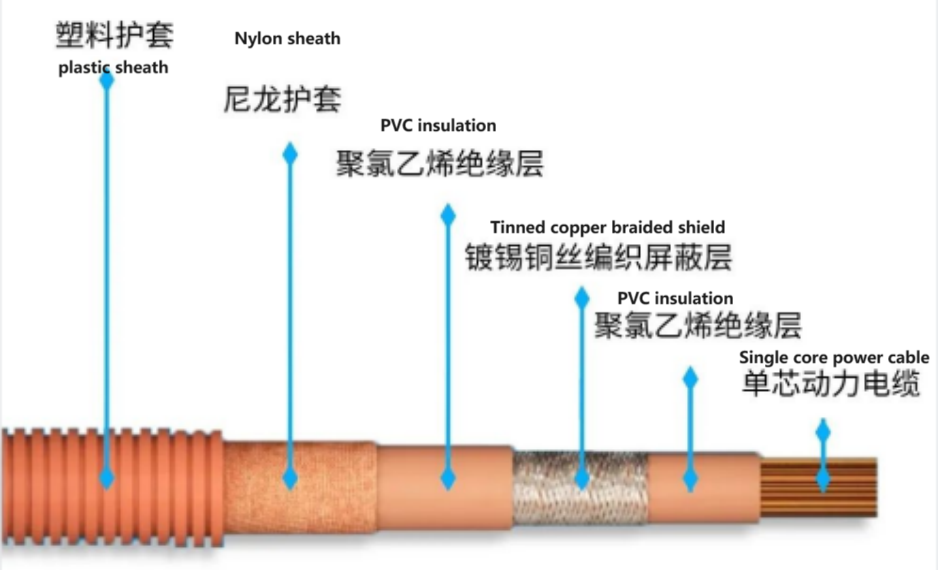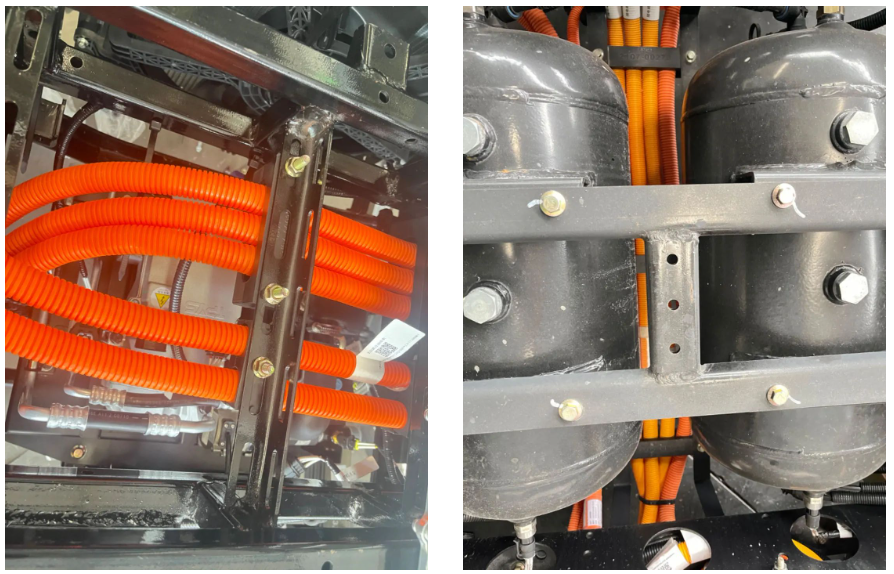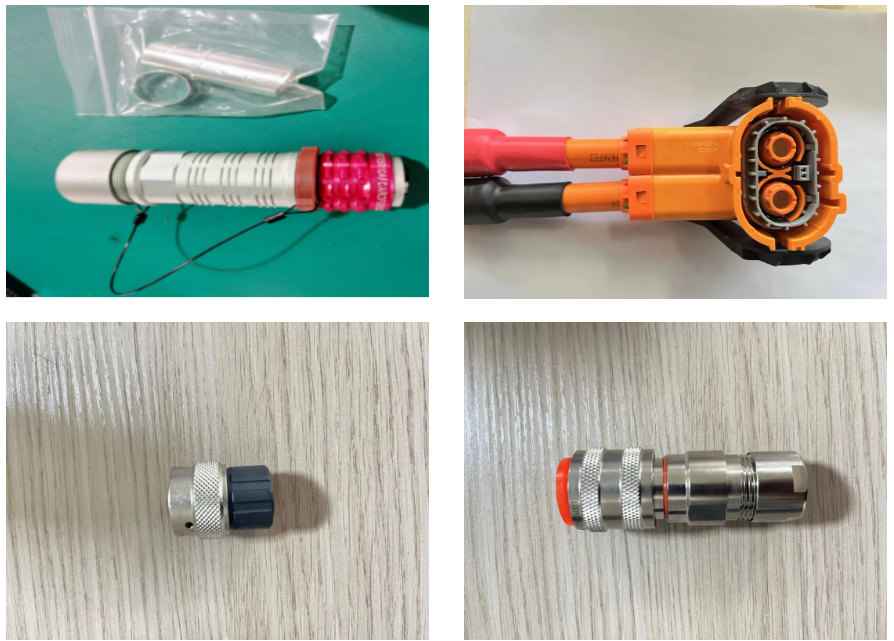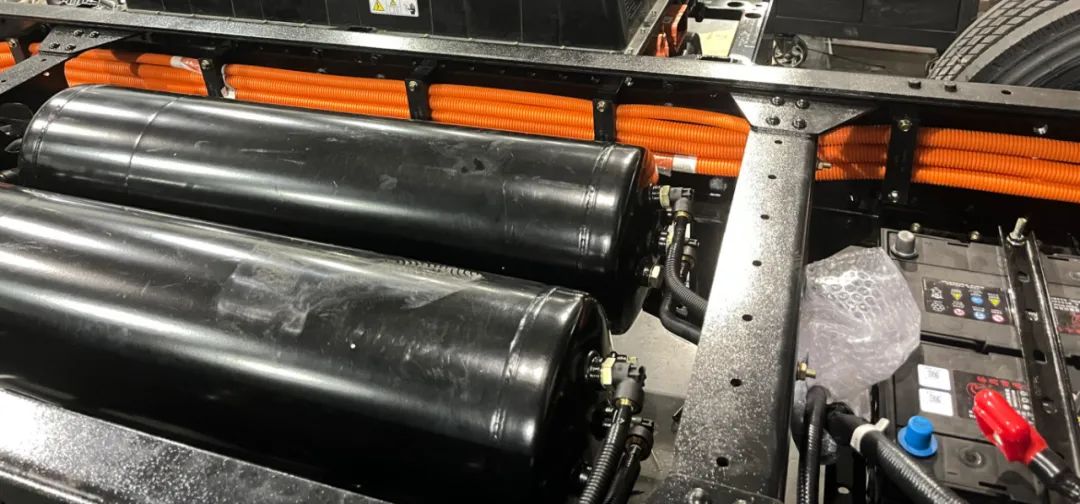With the rapid advancement of new energy vehicle technology, various automakers have introduced a series of new energy vehicle products, including pure electric vehicles, hybrid vehicles, and hydrogen fuel vehicles, in response to the government’s promotion of green energy vehicle policies. The technology of new energy vehicles is gradually improving, and the substitution of electric power for traditional fuels as the vehicle’s power source is the trend. The high-voltage wiring harness is the main connection and transmission system for the vehicle’s power supply and functionality. Due to the high voltage in new energy vehicles, the design of high-voltage wiring harnesses faces challenges in terms of design solutions and layout.
I. Design Solutions for High-Voltage Wiring Harnesses
- Dual-Track Harness Design
The high-voltage wiring harness design for new energy vehicles adopts a dual-track system. Since the output voltage of the power battery is high and exceeds the safe voltage for humans, the vehicle body cannot serve as the grounding point for the high-voltage wiring harness. In the high-voltage wiring harness system, the DC high-voltage circuit must strictly adhere to the dual-track design. Common high-voltage wiring harnesses include drive system high-voltage wires, power battery high-voltage wires, charging port high-voltage wires, air conditioning compressor high-voltage wires, and power steering pump harnesses. - Selection and Design of High-Voltage Connectors
High-voltage connectors are responsible for the connection and transmission of high-voltage and high-current electricity and are essential components for ensuring human safety in the vehicle. Therefore, when selecting high-voltage connectors, factors such as high-voltage resistance, protection level, loop interlocking, and shielding capabilities need to be fully considered. Currently, industry-leading and reliable suppliers are primarily used for high-voltage connector selection, such as AVIC Optoelectronics, TE Connectivity, Yonggui,Amphenol, and Ruike Da. - Shielding Design for High-Voltage Wiring Harnesses
High-voltage wiring harnesses generate strong electromagnetic interference when transmitting high-voltage electricity. Therefore, wire with braided shielding is used. When selecting connectors, designs with shielding capabilities are preferred to establish a closed loop connection with the shielding layer of the high-voltage wiring harness, suppressing electromagnetic interference generated by the high-voltage wiring harness.
Cross-sectional view of a high-voltage wiring harness
II. Layout Design of High-Voltage Wiring Harnesses
- Principles of High-Voltage Wiring Harness Layout
a) Proximity Principle: When laying out high-voltage wiring harnesses for new energy vehicles, the goal is to minimize the length of the wiring harness paths. This approach avoids excessive voltage drops due to long paths and aligns with the design principles of cost reduction and weight reduction.
b) Safety Principle: In addition to proximity, the layout of high-voltage wiring harnesses should also consider principles such as concealment, compliance with safety and collision regulations, and ease of maintenance. Effective protection measures for high-voltage wiring harnesses are also necessary. Improper layout of high-voltage wiring harnesses may result in electric leakage, fires, and risks to occupants. - Types of High-Voltage Wiring Harness Layout
Currently, two common types of high-voltage wiring harness layout are used: layered layout and parallel layout. Both types aim to separate high-voltage and low-voltage wiring harnesses to reduce electromagnetic interference from high-voltage to low-voltage communication.
a) Layered Layout Design: As the name suggests, the high-voltage and low-voltage wiring harnesses are separated by a certain distance in the layered layout, preventing electromagnetic interference from the high-voltage system affecting the power supply and signal transmission of the low-voltage control unit. The diagram below illustrates the layered layout design for high and low-voltage wiring harnesses.
b) Parallel Layout Design: In the parallel layout, the wiring harnesses have the same routing but are attached to the vehicle frame or body in parallel. By adopting the parallel layout, the high-voltage and low-voltage wiring harnesses are kept separate without crossing each other. The diagram below shows an example of a parallel layout design, with the high-voltage wiring harness on the left frame and the low-voltage wiring harness on the right frame.
Due to differences in vehicle structure, electrical component layout, and spatial limitations, a combination of these two layout types is commonly used in the design of new energy vehicle wiring harnesses to minimize or avoid interference between high-voltage and low-voltage communication.
Chengdu Yiwei New Energy Automobile Co., Ltd is a high-tech enterprise focusing on electric chassis development, vehicle control unit, electric motor, motor controller, battery pack, and intelligent network information technology of EV.
Contact us:
yanjing@1vtruck.com +(86)13921093681
duanqianyun@1vtruck.com +(86)13060058315
liyan@1vtruck.com +(86)18200390258
Post time: Dec-25-2023










